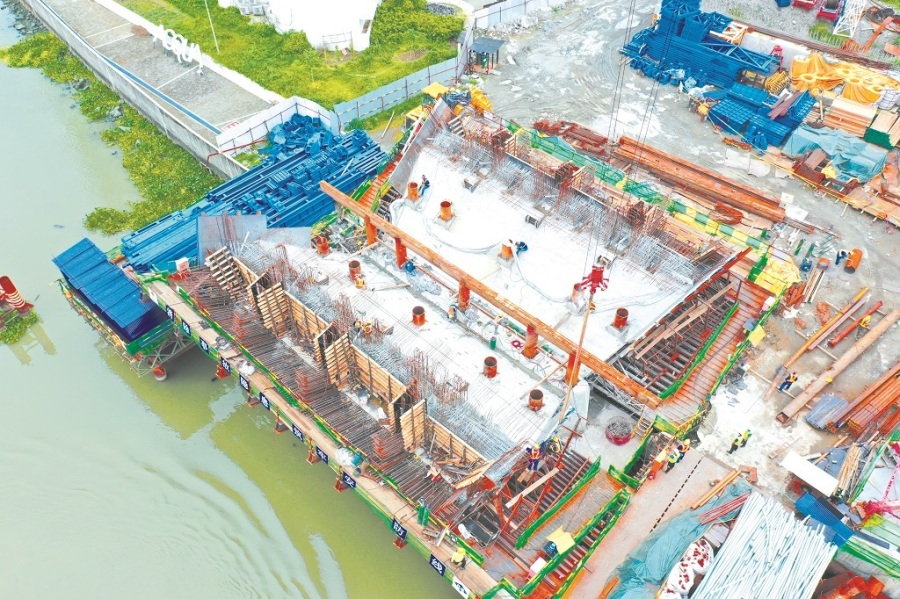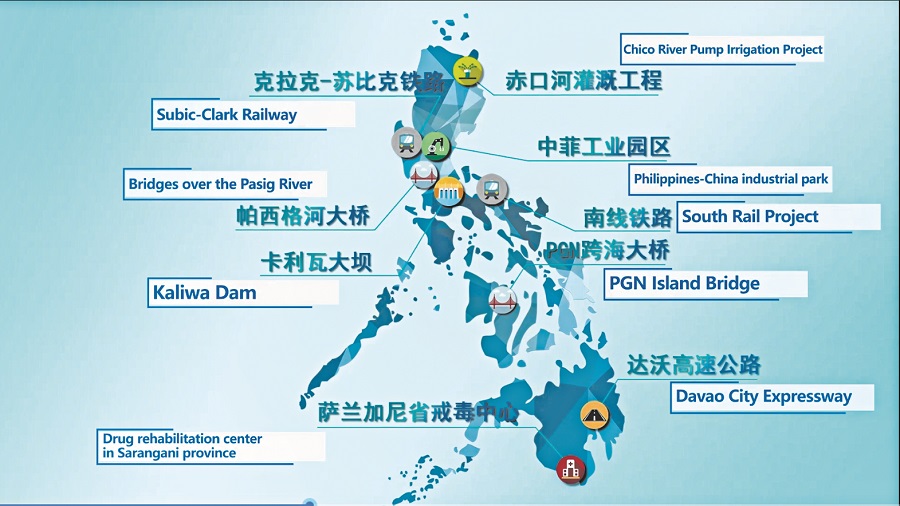Celebrating the 71st Anniversary of the Founding of the People’s Republic of China
This October, billions of people will celebrate the 71st anniversary of the founding of the People’s Republic of China, to coincide with the traditional Chinese Mid-Autumn Festival held every year. The year also marks the 45th anniversary of the establishment of diplomatic relations between China and the Philippines.
However, the celebrations this year will be different, marred by the fact that for the first time in modern history the world is left in chaos due to the ongoing COVID-19 pandemic.
China, as one of the world’s biggest superpowers, has been leading the world in technology and innovation. With the likes of the Alibaba Group, as well as the many Chinese multibillion-dollar megacorporations spanning all industries, the country is well-suited towards tackling the problems associated with the virus and has actually succeeded in many ways.

For one, at present, China has virtually blocked local transmission of the virus, allowing its national economy to breathe and continue its growth unimpeded. The Chinese economy has continued to recover steadily with a positive outlook, with gross domestic product growing by 3.2% in the second quarter.
This is a major victory against a virus that has wreaked havoc in many of the world’s economies. With the economy on a steady and upward trend and normalcy returning to production activities and daily life, China has become the first major economy that resumes positive growth after the pandemic broke out, marking a turning point in the world’s fight against COVID-19.

“While restoring its own economy, China will unswervingly expand its efforts towards opening up and working hand in hand with other countries in the world to jointly promote global trade and revival of the world’s economy,” Chinese Ambassador to the Philippines Huang Xilian said in a statement.
Mr. Huang pointed out that the decline experienced by the service sector in the first quarter of the year has narrowed in the April-June period, with modern service industries now showing robust growth, with the added value of the tertiary industry going up 1.9% in the second quarter and overcoming a 5.2% tumble from January through to March.
Market sales of consumer goods, meanwhile, gradually improved in the first six months and reached 17.2 trillion yuan, down by 11.4% year over year, or 7.6 percentage points lower than the decline in the first quarter. Fixed-asset investment fell 3.1% in the first half of the year, narrowing remarkably from a 6.3% decline in the first five months of the year. Investment in high-tech industries went up by 6.3%, while that in the first three months went down by 12.1%.

“China and the Philippines are highly complementary in economy, and will continue to strengthen the synergies between the Belt and Road initiative and the Build, Build, Build program. Now the two sides are working closely to establish a ‘fast lane’ for the movement of the key personnel and trying our utmost to help the projects resume its full capacity,” Mr. Huang noted.
As China recovers, the ambassador emphasized its commitment towards helping allies like the Philippines bounce back from the impact of COVID-19, whether it would be through joint economic initiatives or sharing technological innovation.
“New industries and business models have been engendered in the course of the global response to COVID-19, such as virtual offices, online education and telehealth. Their value to the economy and society has emerged. China is willing to strengthen cooperation with the Philippines in 5G, big data and artificial intelligence, and push forward the building of the digital Silk Road as well as green Silk Road to advance high-quality development altogether,” he said.

Currently, the government-to-government cooperation projects between China and the Philippines have begun operations and are being implemented smoothly. Major projects have resumed operation at over 80% capacity. The in-depth synergies of China’s Belt and Road initiative and the “Build, Build, Build” program have achieved “fruitful results,” according to government reports, contributing to the recovery of the Philippine economy and bringing more and more benefits to the peoples of the two countries.
Since May 5, 2020, the Chico River Irrigation Project has resumed building by following the instructions of the local government and learning from the Chinese experiences. The Philippine-Sino Center for Agricultural Technology-Technical Cooperation Program (Phase III) has also resumed operations at 90% capacity with no positive COVID-19 case.
“A friend in need is a friend indeed. To face the pandemic, China and the Philippines have supported each other and overcome the difficulties in solidarity,” Ambassador Huang said.
“In a post-epidemic era, it is hoped that the two countries will continue to strengthen cooperation, strive to overcome the epidemic as early as possible, and open a new chapter of win-win cooperation. Lastly, I would like to express my wishes for the prosperity and long-lasting friendship of our two countries, as well as good health and fortune of our two people.” — Bjorn Biel M. Beltran




